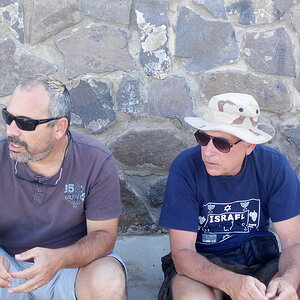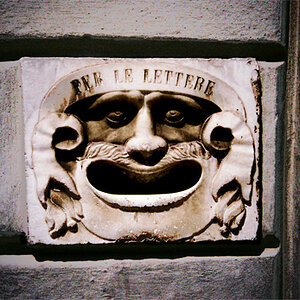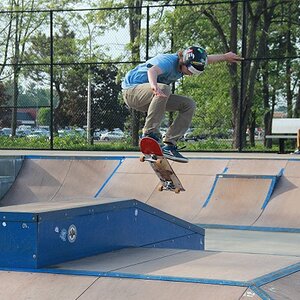cfusionpm
TPF Noob!
- Joined
- Jun 21, 2009
- Messages
- 851
- Reaction score
- 6
- Location
- San Diego, CA
- Can others edit my Photos
- Photos OK to edit
I've been wanting to upgrade my midrange zoom with some L glass, and am pretty torn between the 24-70 f2.8 and 24-105 f4 IS. Are there any plans for a releasing a 2.8 with IS any time soon?
If not, between the two, I think I would get the 24-105 IS.
The 24-105 has IS, longer range, and still a good f/4 throughout range. The 24-70's only advantage is the f2.8. Is just one stop going to make THAT much of a difference in medium-to-low light anyway? I already have a 50mm 1.4 anyway, so if I need extreme low light shots, I'll just use that. But if I'm shooting indoors in decent "regular" indoor lighting, would f2.8 give enough of an advantage over f4 and IS? I'm sure IQ difference between the two is negligible, and ~$1200 is a fair investment to try and not bungle. Regardless, I would like to avoid both of them if an f2.8 IS midrange is on the way...
If not, between the two, I think I would get the 24-105 IS.
The 24-105 has IS, longer range, and still a good f/4 throughout range. The 24-70's only advantage is the f2.8. Is just one stop going to make THAT much of a difference in medium-to-low light anyway? I already have a 50mm 1.4 anyway, so if I need extreme low light shots, I'll just use that. But if I'm shooting indoors in decent "regular" indoor lighting, would f2.8 give enough of an advantage over f4 and IS? I'm sure IQ difference between the two is negligible, and ~$1200 is a fair investment to try and not bungle. Regardless, I would like to avoid both of them if an f2.8 IS midrange is on the way...



![[No title]](/data/xfmg/thumbnail/35/35262-02f8eba4a2a92dbae0b55547bba80b4f.jpg?1619736968)
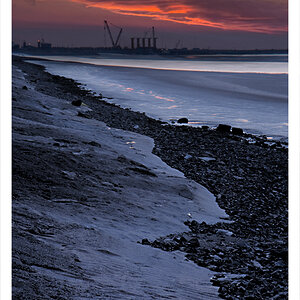
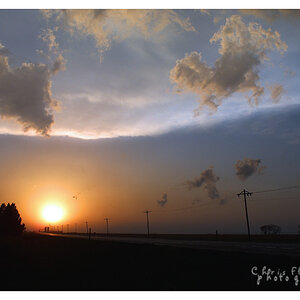
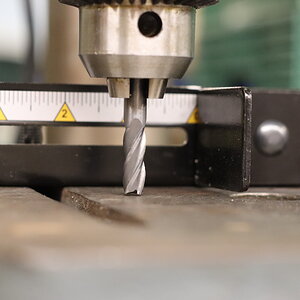
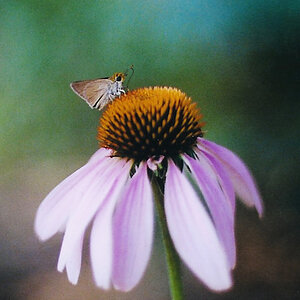
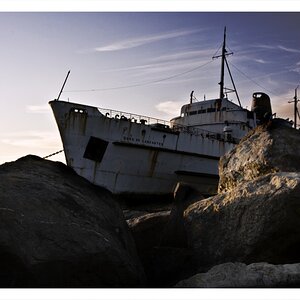
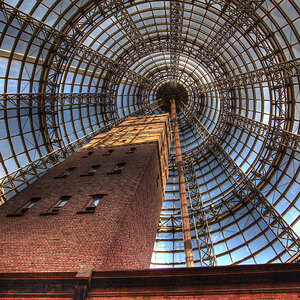
![[No title]](/data/xfmg/thumbnail/41/41896-54547e935773393100a20b8d9819f5bd.jpg?1619739935)
